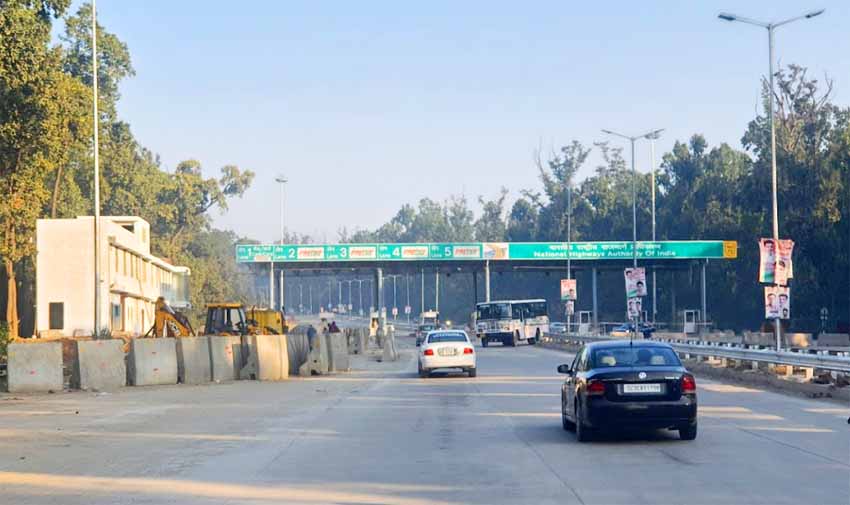The government is moving forward with a plan to replace the toll booths that currently line India’s national highways with automatic number plate readers. These readers will read licence plates and automatically deduct tolls from the linked bank accounts of the owners of the vehicles they are reading. According to Nitin Gadkari, Minister for Road Transport and Highways, a pilot of this programme is currently being implemented, and legal changes to ease this transition are also being made.

“As of 2019, all vehicles must have company-installed licence plates. Therefore, the number plates on the vehicles that have arrived in the last four years have changed. Toll plazas will be eliminated in favour of cameras that can read licence plates and deduct the toll straight from the driver’s account. We are also testing this plan out. One issue, though, is that the law makes no provision for punishing the owner of the car who bypasses the toll plaza and refuses to pay. We must enact that clause into law. We might include a clause requiring cars without these number plates to install them within a specified amount of time. For this, we’ll need to introduce a bill, Gadkari said.
Currently, FASTags account for 97% of the over Rs 40,000 crore in total toll revenue; the remaining 3% pay higher than usual toll rates as a result of not using FASTags. According to government data, FASTags reduce the time it takes for a vehicle to cross a toll plaza by about 47 seconds, and they also significantly increase throughput: more than 260 vehicles can be processed per hour via electronic toll collection lane as opposed to 112 vehicles per hour via manual toll collection lane.
Although the introduction of FASTags has reduced congestion at toll plazas across the nation, there are still toll gates that must be traversed after authentication. FASTags, which are required as of February 16, 2021, have a number of problems, some of which are as follows: users entering the fee plaza lane with low balances, which ultimately results in longer processing times; internet connectivity problems at remote fee plazas, as a result of which the status of low-balance FASTag is not updated to active FASTag by the plaza servers in time; wear and tear of Radio Frequency Identification (RFID) reader and tag; and improper affixation of FASTags by users
The amount of traffic at toll plazas is likely to decrease even more with the introduction of number plate reader cameras, commonly known as Automatic Number Plate Reader (ANPR) cameras, although much will rely on how the system is implemented. Multiple technologies will be needed, according to an industry source who did not want to be named, to guarantee that the system is impenetrable and leak-free. “The ANPR camera is used to reading nine numbers of the number plate, and if there is anything beyond that — like something written on the number plates that we usually see on most vehicles in the country — the camera will not read it,” he said.
He continued by saying that studies had revealed that because number plates included text longer than nine words and numerals, the camera missed around 10% of them. He claimed that these methods, in addition to FASTag and GPS toll, might be used on new projects. “We would need more than one system in a country like India to assure minimal income loss,” he remarked.











